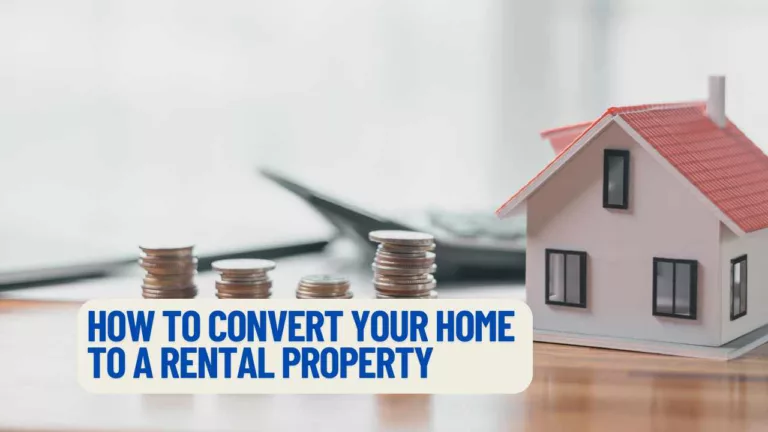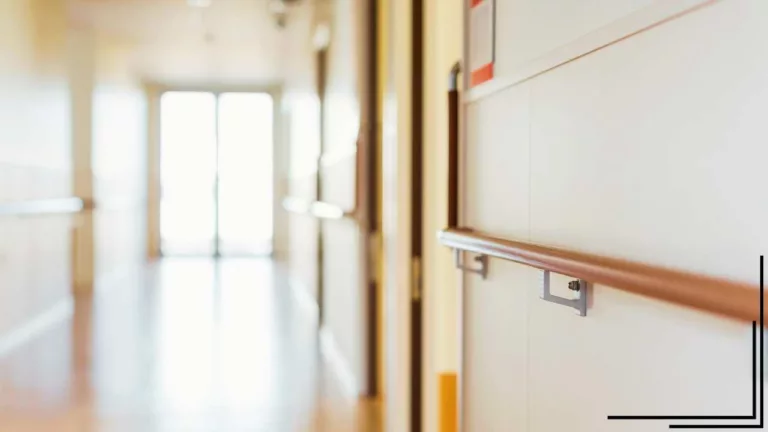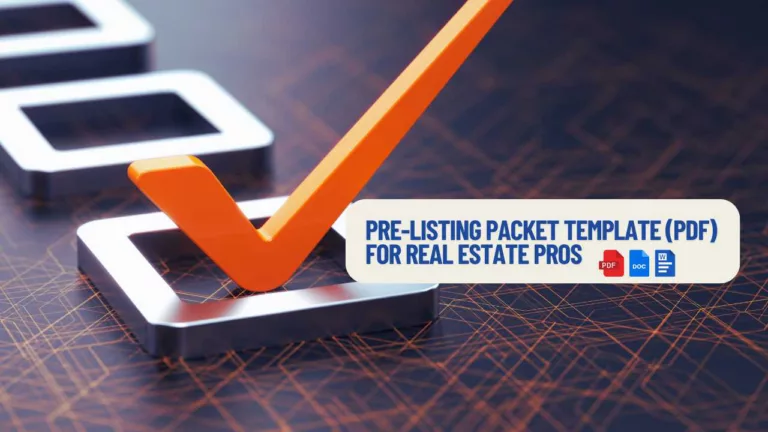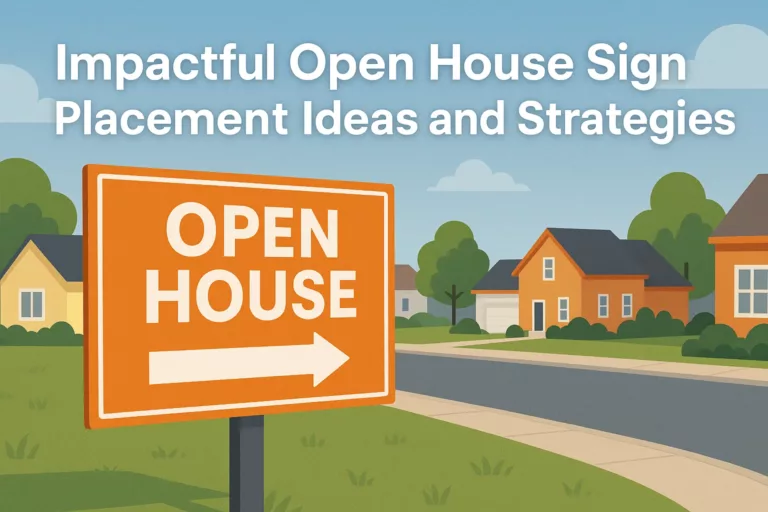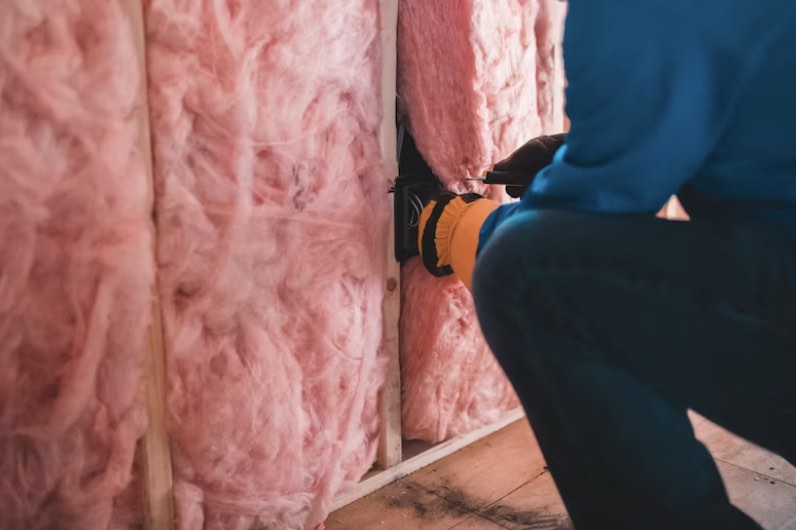
This guide aims to clarify the entire process, from securing financing to the final walkthrough.
Table of Contents
Step 1: Secure Financing
Step 2: Find the Perfect Piece of Land
Step 3: Assemble Your Team
Step 4: Design Your Dream Home
Step 5: Obtain Permits and Approvals
Step 6: Begin Construction
Step 7: Finalize Details
Step 8: Move In
Step 9: Enjoy Your Dream Home

Joe Stephenson REALTOR®
Step 1). Secure Financing
Before you begin building a custom home, the first step is to secure financing. This typically involves getting a construction loan, which is different from a regular mortgage.
- What it’s about: A construction loan is a short-term loan used to pay for the cost of building your custom home. It’s usually set for a year or so while your home is being built.
- Common misconceptions: People often think that construction loans are the same as regular mortgages. However, they’re two distinctly different financial products.
- Who you need to talk to: You’ll need to talk to a bank or a mortgage lender familiar with construction loans.
- Preparation: You should have a detailed list of your income, debts, and credit history.
- Cost: The cost of a construction loan depends on various factors like your credit score, down payment, and the project’s scope.

Step 2). Find the Perfect Piece of Land
The next step in the custom home building process is finding the perfect piece of land. Your choice of location will significantly impact your project’s cost, quality, and overall success.
- What it’s about: This step involves researching and purchasing a suitable building site for your custom home.
- Common misconceptions: A common misconception is that any piece of land is suitable for building. However, factors like soil condition, zoning laws, and accessibility can affect the building process.
- Who you need to talk to: You should consult with a REALTOR®, like myself, who is intimately familiar with land sales and local zoning regulations.
- Preparation: Have a clear vision of your dream home’s size, style, and orientation.
- Cost: The cost of land varies widely depending on location, size, and other factors.
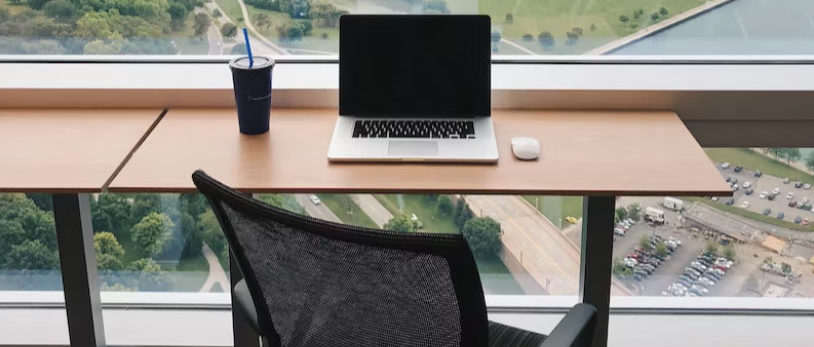
Step 3). Assemble Your Team
Once you have the land and financing in place, the next step is to assemble your team. This typically includes a custom home builder, an architect, and possibly an interior designer.
- What it’s about: This step involves selecting professionals who will help bring your dream home to life.
- Common misconceptions: Many people think they can handle the whole process alone. However, building a custom home requires specific expertise.
- Who you need to talk to: Talk to several custom home builders, architects, and interior designers before making a decision.
- Preparation: Be prepared with a clear vision of your dream home and a set budget.
- Cost: Costs vary significantly based on the professionals’ experience level, your project’s scope, and your location.

How to Choose the Perfect Custom Home Builder
Choosing the right custom home builder is a critical step in the custom home building process. This decision can significantly impact your construction experience and the quality of your new build.
When researching builders, look at their previous projects.
Examine other homes they’ve built in your community to get a sense of their style and quality. Pay attention to architectural details, interior walls, exterior finishes, and landscaping.
It’s also beneficial to visit a new construction site they’re working on if possible. Here you can see how they manage the construction schedule, handle the foundation work, and coordinate different tasks like plumbing and installing the HVAC system.
Ask potential builders about their process for obtaining a building permit, as this can be an indication of their knowledge and experience. A competent builder should be familiar with the local permitting process and regulations.
Consider the first floor and bathroom designs in their previous homes. Are they appealing? Do they match your vision? These areas often reflect the builder’s attention to detail and commitment to quality. Also, consider the materials they use, such as paint and flooring.
High-quality materials can make a significant difference in your home’s longevity and aesthetic appeal.
Finally, ask the following questions.
- What is your process for handling changes or delays during the construction process?
- How do you communicate with clients during the construction process?
- Can you provide references from past clients?
- What warranties do you offer on your homes?
Choosing a custom home builder is not a decision to rush. Take your time, do your research, and ensure the builder you choose can deliver the house you envision. After all, building a custom home is a significant investment in your property and future.
Step 4). Design Your Dream Home
Now that you have your team in place, it’s time to design your dream home. This step involves working closely with your architect and interior designer to create a floor plan and select all the details.
- What it’s about: This step involves creating a detailed, personalized plan that will bring your dream home to life.
- Common misconceptions: People often think they can make design decisions as the building process progresses. However, changes made during construction can be costly and time-consuming.
- Who you need to talk to: You’ll work closely with your architect and interior designer throughout this step.
- Preparation: Have a clear understanding of your budget, timeline, and expectations for your dream home.
- Cost: The cost of design services varies depending on the level of customization and complexity of your project.

Step 5). Obtain Permits and Approvals
Before construction can begin, you’ll need to obtain all necessary permits and approvals from the local government. This step can be time-consuming and requires close attention to detail.
- What it’s about: This step involves acquiring all necessary permits and approvals from local authorities, such as building permits and zoning approvals.
- Common misconceptions: Many people think they can start building right away. However, obtaining permits and approvals is a crucial part of the process that cannot be skipped.
- Who you need to talk to**: You’ll work with your custom home builder and architect to ensure all necessary documents are in order.
- Preparation: Be prepared with a detailed plan of your project, including all necessary documentation and fees.
- Cost: Permit costs vary depending on the location and scope of your project. It’s essential to budget for these costs before starting construction.

Step 6). Begin Construction
Once you have all the necessary permits and approvals, it’s time to start building your dream home. This step involves working closely with your builder and visiting the site regularly to ensure everything is going according to plan.
- What it’s about: This step involves physically building your custom home according to the design and specifications.
- Common misconceptions: Many people think they can leave everything in the builder’s hands. However, regular site visits and communication with your builder are crucial for ensuring your dream home is built to your expectations.
- Who you need to talk to: You’ll work closely with your custom home builder throughout this step.
- Preparation: Have a clear understanding of the building process and be prepared to make decisions along the way.
- Cost: The cost of construction varies depending on the size, style, and complexity of your project. It’s essential to have a contingency fund in case of unexpected expenses.
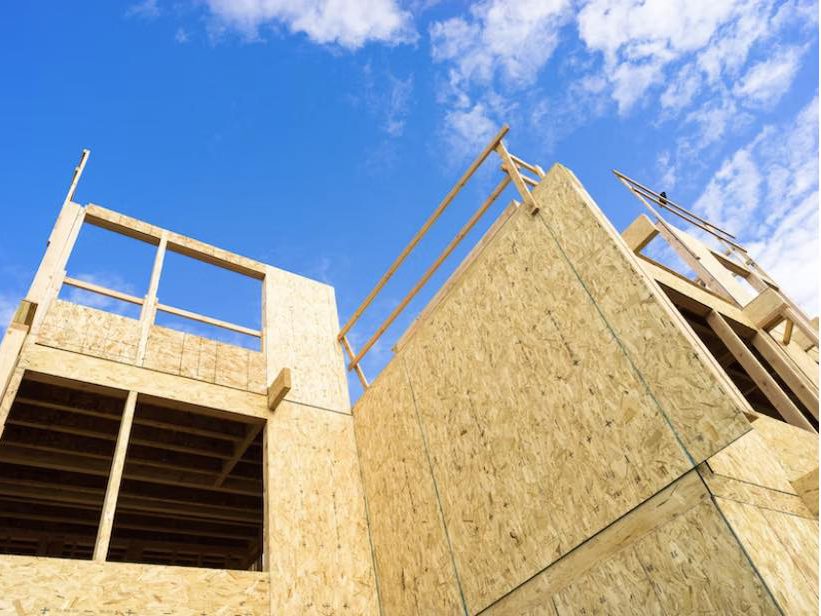
Step 7). Finalize Details
As construction nears completion, you’ll need to finalize all the details for your custom home. This step involves making final decisions on finishes, fixtures, and appliances.
- What it’s about: This step involves putting the finishing touches on your dream home.
- Common misconceptions: Some people think they can make last-minute changes or skimp on final details to save money. However, these decisions can significantly impact the overall look and quality of your home.
- Who you need to talk to: You’ll work closely with your builder and interior designer during this step.
- Preparation: Have a clear understanding of your budget and expectations for finishes, fixtures, and appliances.
- Cost: The cost of finishing details varies depending on the level of customization and quality of materials chosen. It’s essential to plan for these costs in your budget.

Step 8). Move In
Congratulations! Your dream home is now complete, and it’s time to move in. This step involves final inspections, obtaining occupancy permits, and transferring ownership.
- What it’s about: This step involves the final stages of construction and officially moving into your new custom home.
- Common misconceptions: Some people think that once the construction is complete, they can move in immediately. However, final inspections and obtaining occupancy permits are necessary for ensuring your home meets all safety codes.
- Who you need to talk to: Your builder and local authorities will be involved in this step.
- Preparation: Be prepared with all necessary documents and fees for final inspections and occupancy permits.
- Cost: The cost of final inspections and obtaining occupancy permits varies depending on the location and size of your home. It’s essential to budget for these costs in advance.
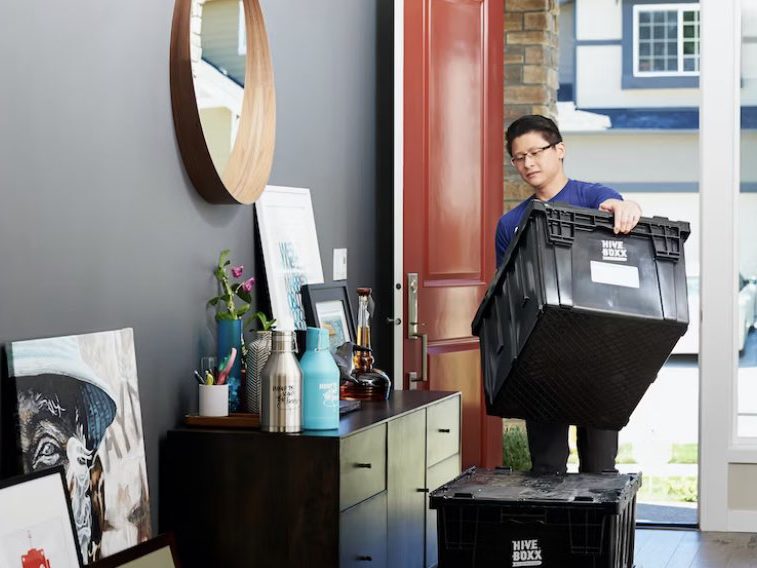
Step 9). Enjoy Your Dream Home
Now that you have completed all the necessary steps, it’s time to enjoy your dream home. This step involves settling into your new space and making it truly feel like home.
- What it’s about: This step involves making your dream home a reality and enjoying all your hard work.
- Common misconceptions: Some people think that once the construction is complete, their involvement ends. However, maintaining and updating your home over time is crucial for preserving its value and functionality.
- Who you need to talk to: You may continue to work with your builder, architect, and interior designer for any necessary updates or maintenance.
- Preparation: Be prepared to budget for ongoing maintenance and potential future renovations.
- Cost: The cost of maintaining and updating your dream home varies depending on the scope of work. It’s essential to plan and budget for these costs over time to ensure your home remains in top condition.

Joe Stephenson Can Help with the Custom Home Building Process
Building a custom homes in Kansas City or anywhere is an exciting and rewarding process that requires careful planning, communication, and attention to detail.
By following these steps and working closely with your builder and design team, you can turn your dream home into a reality.
Remember to stay involved throughout the process and make decisions that align with your budget, expectations, and vision for your dream home.
And most importantly, enjoy your beautiful new space for years to come! So, start planning and get ready to build the custom home of your dreams.
Here is a new home building checklist to help you organize.
